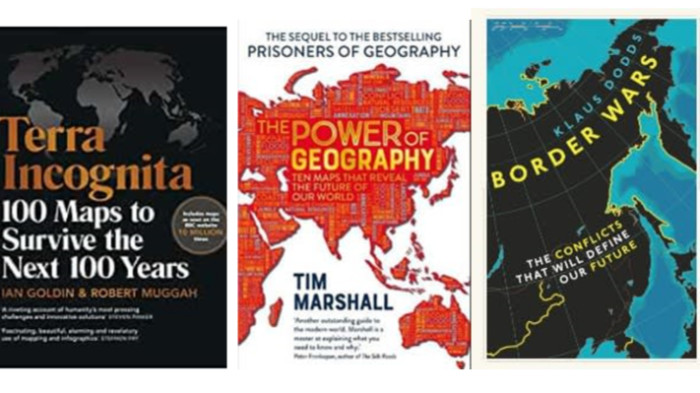IB DP History Class: The lay of the land: how geography shapes national destiny

Roula Khalaf, Editor of the FT, selects her favourite stories in this weekly newsletter.
This article picked by a teacher with suggested questions is part of the Financial Times free schools access programme. Details/registration here.
Specification Causation
Connections with the DP DP History Key Concept: Causation. World history topic 4: Societies in transition (1400—1700). World history topic 5: Early Modern states (1450—1789). World history topic 6: Causes and effects of Early Modern wars (1500—1750)
Key terms and ideas Determinism, Geography
Click to read the article below and then answer the questions:
The lay of the land: how geography shapes national destiny
This article explores some of the different ways that terrain and location can influence a country’s territory, power and conflict. Though it has relevance to many parts of the IB History course, it might be particularly useful in relation to units on the early modern world, cross-cultural exchange, the establishment and expansion of colonial empires and territorial expansion via assimilation and/or unification.
The article provides an interesting overview of this niche area of historiography, beginning with the English geographer Sir Halford Mackinder in the early 1900s, whose crude geographical determinism suggested the secret to global power was through controlling particular parts of the Eurasian landmass. It then explores the more nuanced arguments of authors such as Tim Marshall, who writes that “the starting point of any country’s story is its location. Geography is not fate — humans get a vote in what happens — but it matters.”
What role does geography play in the power of a country, and in conflict between states?
How crude or limited is it to suggest that the “destiny” of a nation is shaped by its geography?
To what extent do you agree with Marshall’s assertion that “the starting point of any country’s story is its location”?
Ned Riley, historyrising.net
Comments